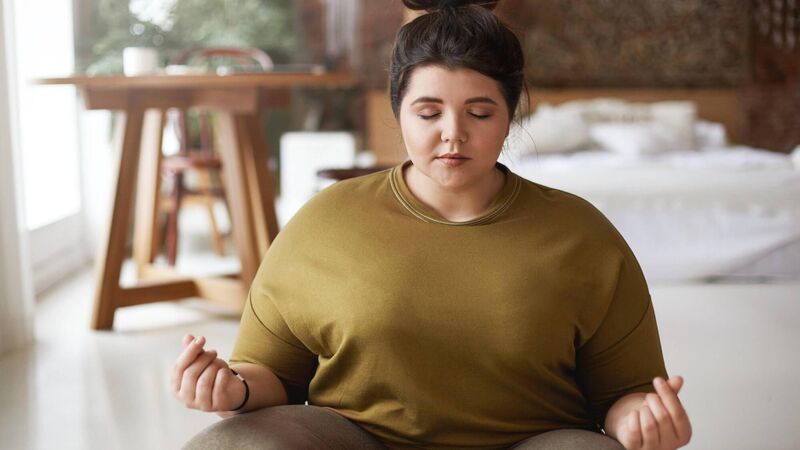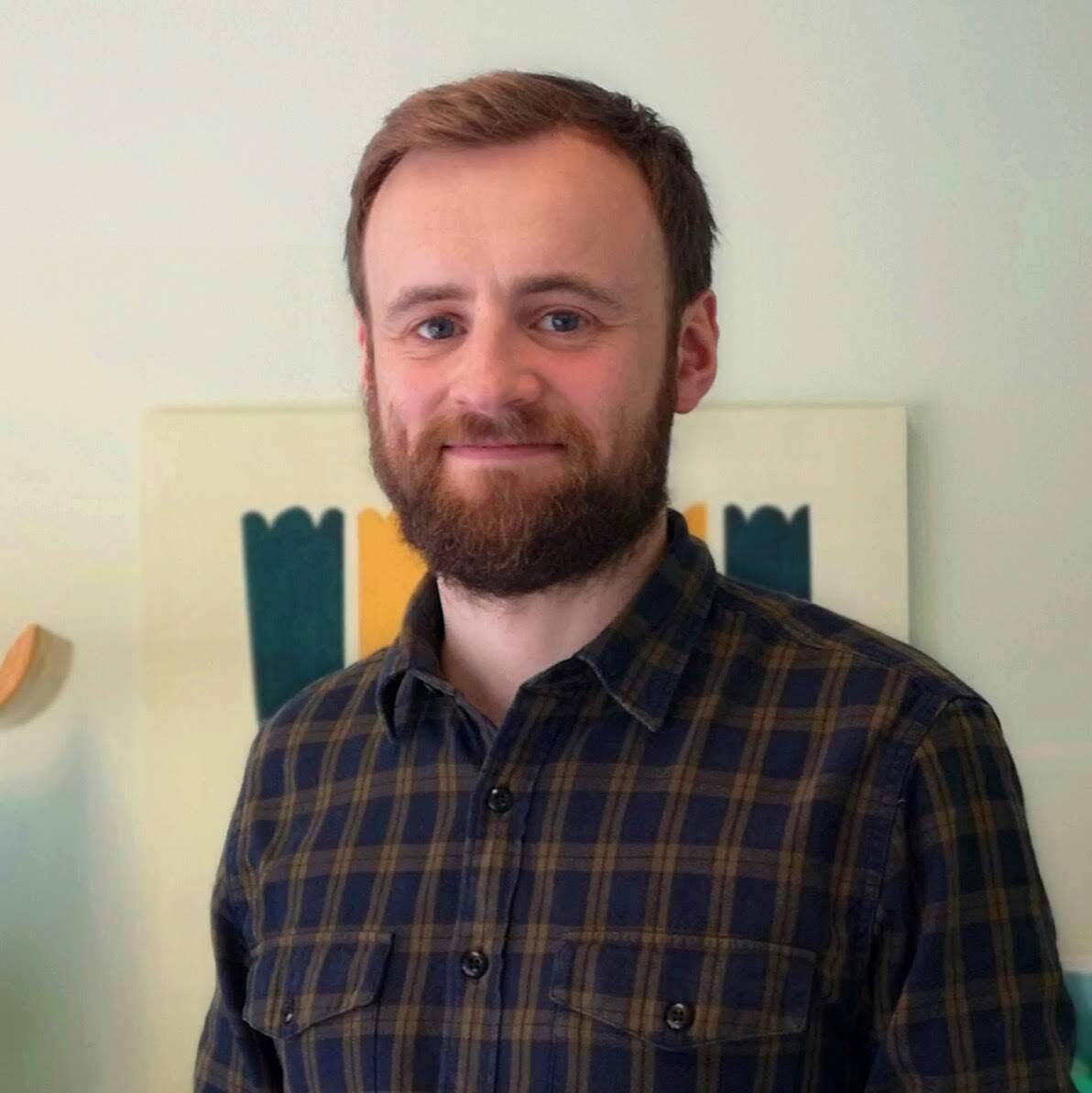Meditation can physically alter your brain - here's how to start the habit

Pic: iStock
Mindfulness is much more than breathing slow steady breaths in time with a counter. It physically alters our brain patterns. Researchers have indicated that a frequent and sustained mindfulness practice may rewire our brains and that this rewiring has the potential for individuals to alter their reactions to their environment and experiences, leading to a better quality of life with improved memory and attention.
As mindfulness has increased in popularity in recent years, we would expect to have a firm grasp on the concept, but it is perhaps not as understood as one would expect. “Different people will define mindfulness differently,” says Brendan Clarke, senior Cognitive Behavioural Therapist at Evidence-Based Therapy Centre in Galway.
“For example, if you define mindfulness as “awareness of the present moment” as some people do, you could be a mindful sniper, or you could mindfully take part in a hot-dog eating competition, neither of which would necessarily be good for your health.”
The distinction with mindfulness comes with understanding how our brains respond to threats and if we have the ability to self-regulate that response when a perceived threat turns out to be nothing. The stress hormones activated by our brains can be lifesaving but when chronic stress takes over our bodies, our mental wellbeing and physical health is significantly affected. In essence, mindfulness is a practice of non-judgemental self-awareness that can help calm the thoughts that affect our stress responses.
“When we say “mind” in the west, often with it comes the idea of reason, rationality, and abstract thinking,” says Clarke. “But in India and China, for example, there is the concept of the “heart-mind”, which is more like an awareness of what’s happening throughout your body from moment to moment. The more we can tune into our moment-to-moment body sensations, the less power our thoughts will have over us, and that is important because thoughts can have a lot of power.”
Clarke reminds us that we can have thoughts about present dangers, but also dangers in the future, or dangers from the past, and our imaginations can make them ten times more awful than they would be in reality.
“This kind of repetitive thinking (referred to as rumination by psychologists) can lead to chronic stress,” he says, “which if severe enough can lead to anxiety and depression but also put us at a greater risk of physical health issues. The CDC in America has estimated that 90% of health conditions are exacerbated by chronic stress, so it’s not an insignificant thing.
"Practising mindfulness can help us to switch off rumination, relieving that stress and in so doing, help to make all the above ailments less likely.”

Over the years, research studies have determined that a mindfulness practice can positively impact areas of the brain that are associated with not only our stress response, but our emotional regulation, compassion, empathy, learning, and memory.
The change to our brain is due to a phenomenon known as neuroplasticity. Through behaviours and experiences, our neurons change or create new connections and mindfulness has been discovered, through brain imaging techniques, to enhance this neurological activity.
“Any activity we do repeatedly will alter our brain patterns,” says Clarke. “For example, trained musicians will show growth in their auditory cortex, practiced athletes will show bigger cerebellums (an area involved in control of movements), and readers of braille will have bigger brains in the areas that process touch. But it’s not just what we do. What we think about can have similar effects. For example, visualising throwing a ball or playing piano can activate and develop similar brain areas to actually practicing those activities. Meditation is no different. Research tells us that it can bring about growth of grey matter in the brain in some important areas, specifically those involved in emotional regulation, such as the prefrontal cortex.”
The brain is incredibly powerful, and as it adjusts to new and changing neural pathways attributed by mindfulness, we can consider how these alterations in our brain can affect not only our stress levels but also pain. Studies have shown that mindfulness can help us in several ways including reducing pain severity and pain-related distress with less interference of pain, and also lowering levels of anxiety and depression thereby improving quality of life.
“The reason for this seems to again bring us back to the power of thoughts,” says Clarke. “We know that rumination can lead to physical stress, and it’s the same in the case of rumination about pain, in other words, continuously thinking about the danger it poses, about the catastrophe it will lead to, is very stressful. This now gives you two problems: the pain and the stress. And unfortunately, stress will likely make the physical pain worse. A mindfulness approach to this pain would be, rather than thinking about it, to step right into it and feel it, with no distraction and no filter. This isn’t something you’d do on day one, it takes practice to get to this point, but a compassionate and encouraging mindfulness teacher could help to make it doable. In my experience of doing this with people, they have always coped with the pain better than their thoughts told them they would.”
Clarke recommends that for an individual to kickstart a daily mindfulness practice we must lean into the idea of creating a new habit. He personally attempts to practice mindfulness for about twenty minutes every day but acknowledges that while he manages to do this most days, it doesn’t always happen. “If twenty minutes is not possible,” he says, “try to practice for ten minutes. If not ten then do five, or just one. You can feel different after just a few conscious deep inhales and exhales. Try to slot it in just after something that’s already an established part of your routine, like waking up in the morning or the moment you arrive home from work.”
Habits are developed through repetitive behaviour meaning the consistency of partaking in a new practice will encourage us to continue it. “Like any habit, the number of times we sit down to practice it is much more important than the amount of time we spend practicing,” says Clarke. “So, if you do it for five minutes every day in a week, that’s much more helpful than doing it once a week for 35 minutes. If you really can’t find any time, have a look at your routine and see if there’s something in it that you could let go of without feeling any great loss.”
While mindfulness may not fully take away pain, or eradicate stress, it can certainly support an individual in suffering less. Mindfulness will continue to be studied as we uncover more about the very real aspect that it does and can positively help us to change our minds for the better.
“When we can think more clearly, we are more likely to act in a wiser way, so it’s possible our behaviour could change in a short space of time after starting to practice mindfulness,” says Clarke. “But for a difference that is sustained, longer is necessary. One month to build a habit is a good rule of thumb. One shower of rain will make the flowers in your garden wet, but it won’t keep them growing. The more often they get watered, the stronger they will grow and it’s the same for changing your brain through mindfulness practice. The more often, the better.”


Celebrating 25 years of health and wellbeing










